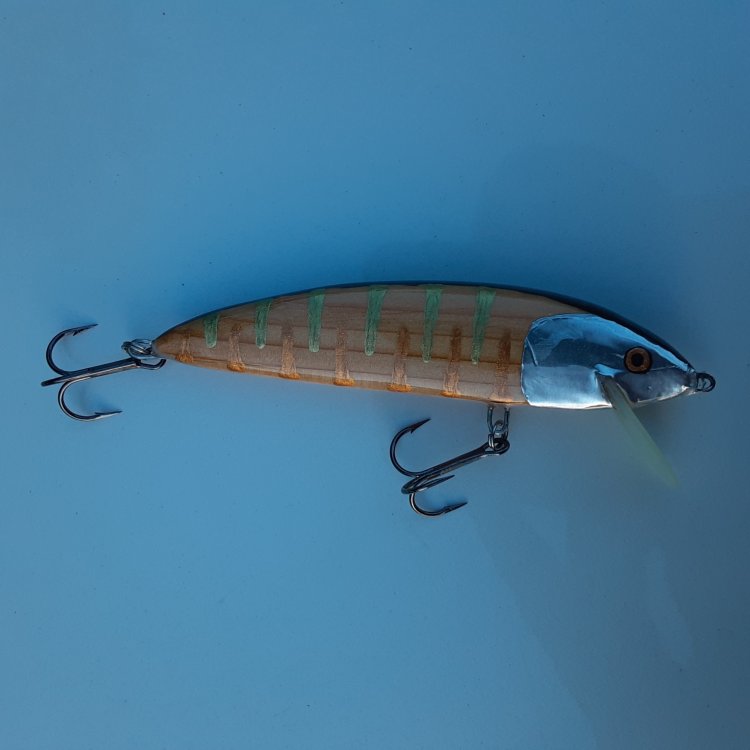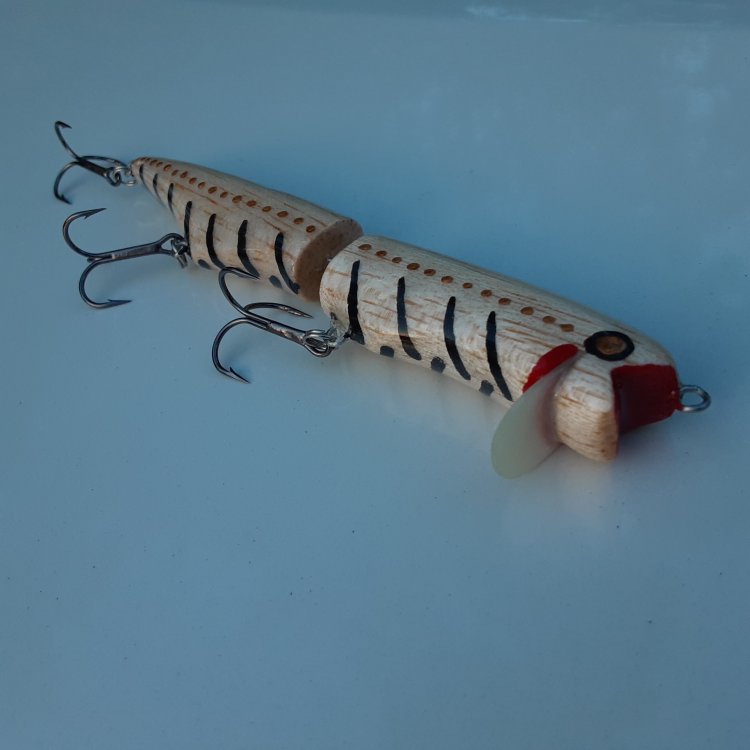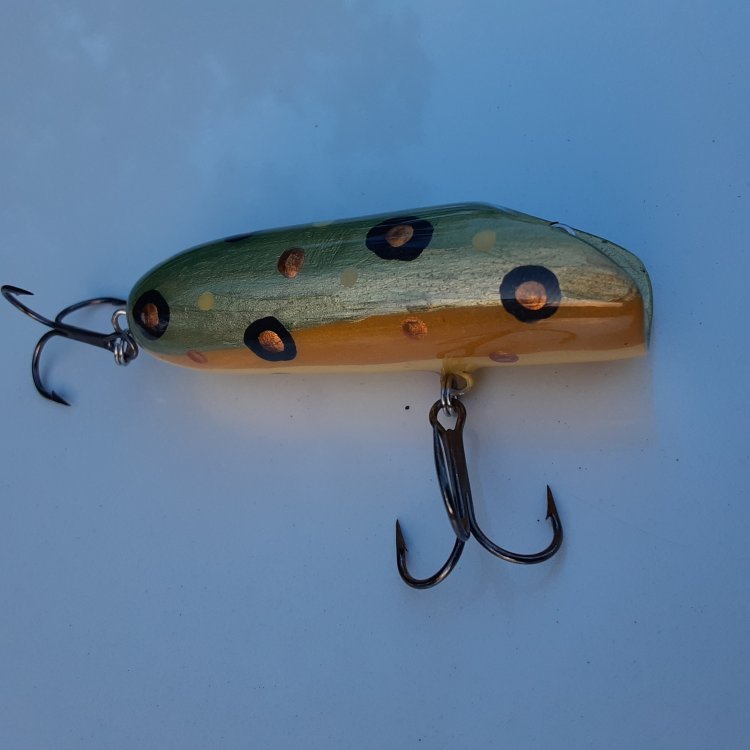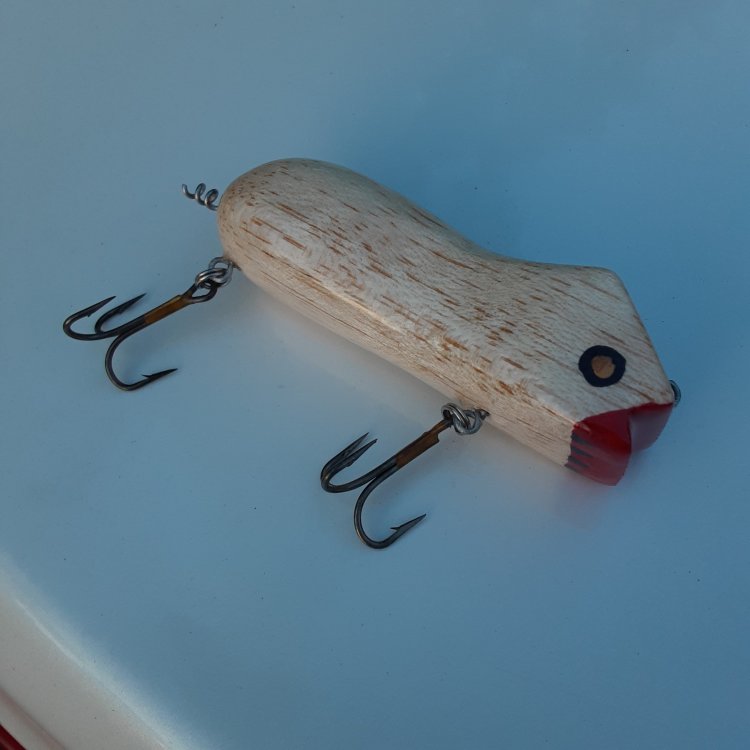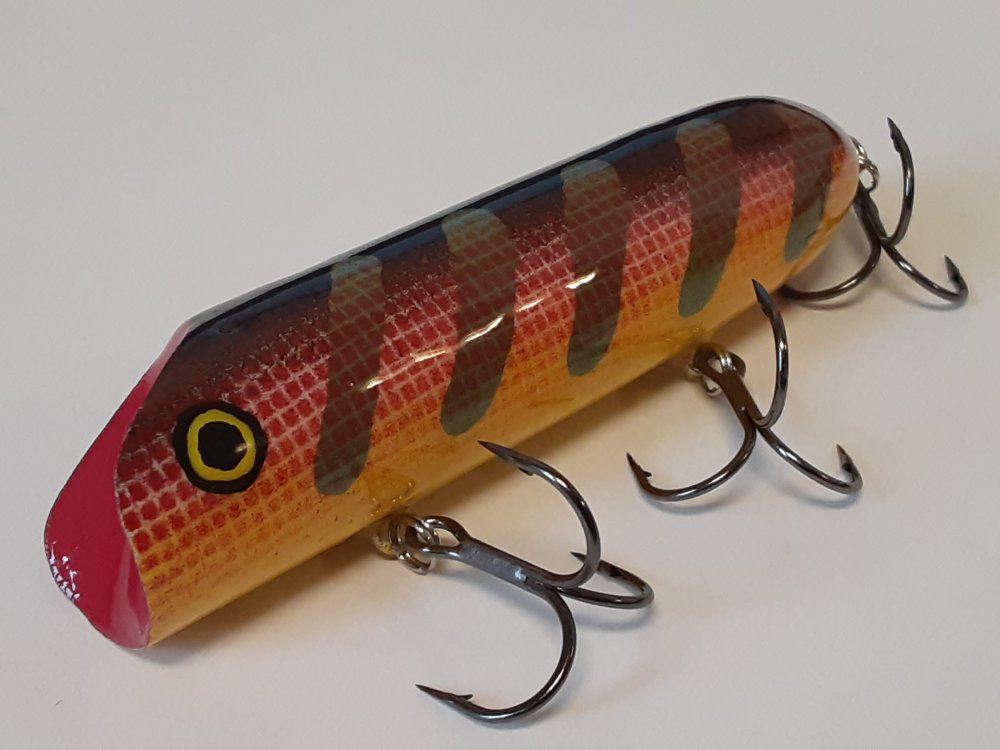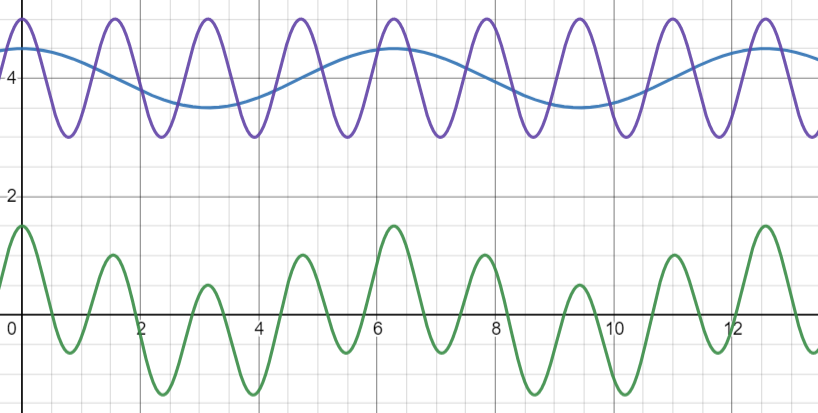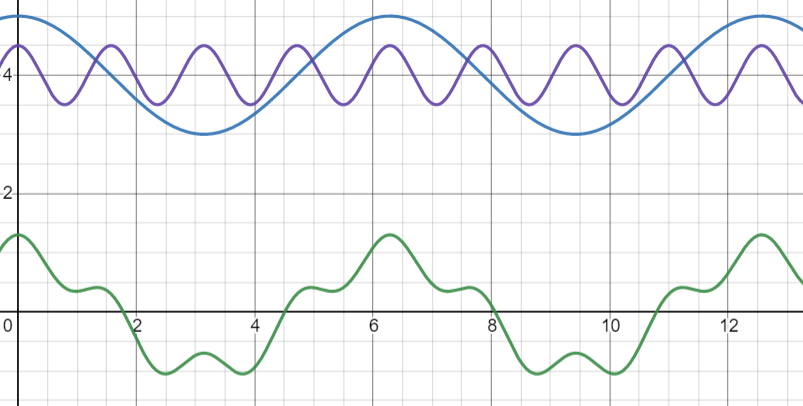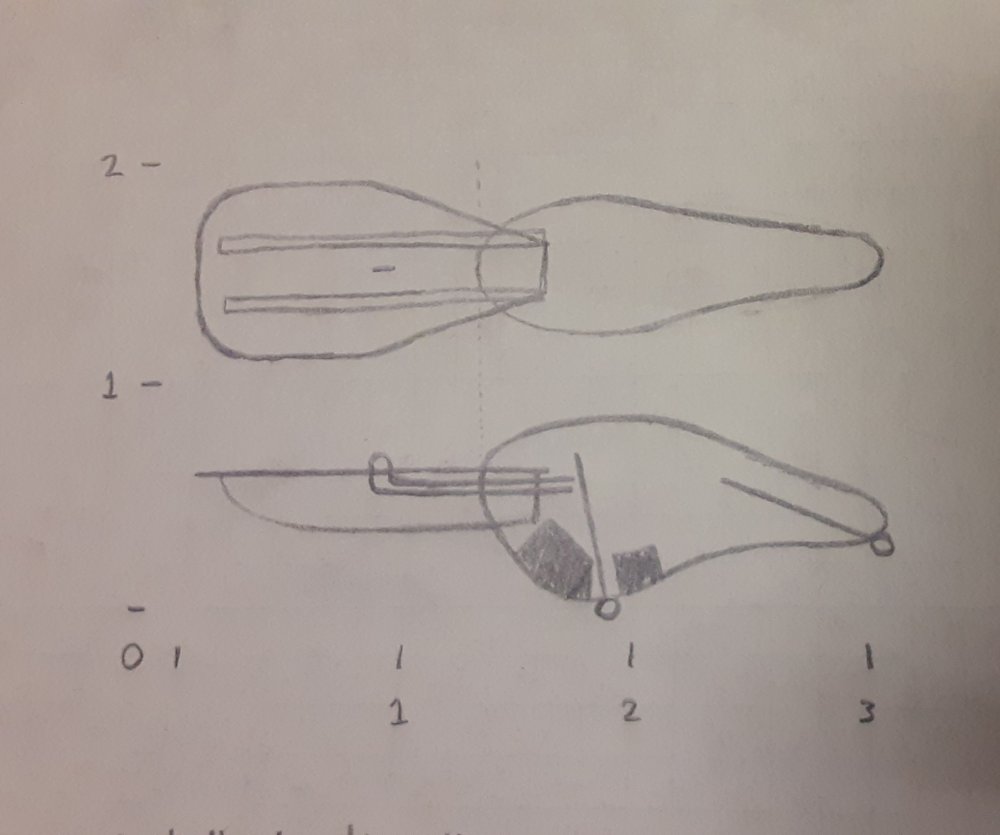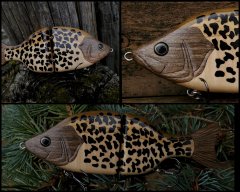
Carbite
TU Member-
Posts
23 -
Joined
-
Last visited
Content Type
Profiles
Articles
TU Classifieds
Glossary
Website Links
Forums
Gallery
Store
Everything posted by Carbite
-
Turns out to only be one day, but I still managed enough to warrant a follow-up. Made a jerkbait, a babe-oreno, a swimming mouse, and a wakebait that definitely has the line tie too high. Rushed the paint jobs, especially on the balsa baits. Balsa looks good enough on its own, especially for a mouse.
-
Need a name for this one, since it's my original. Might be a good spring color, being both red & bluegill. I'm proud of how simple it is while still having a distinct look. 1. black top & yellow belly (middle unpainted) 2. olive/moss green vertical stripes 3. red scaling on sides
-
I'm in awe. I still think that the body of a bait itself has an oscillating force, except where the shape itself cuts or bleeds the turbulence away. The Yo-Zuri knuckle bait is built on that principle, but most crankbaits have their teardrop shape to avoid the secondary action. Could you link to where you explain 90° theory? I'd love to read on that too. I've accidentally made a bait or two with your lazy 'S' action. They're tall and thin (1/4") with a long-ish bill, low weighting, & a high line tie. I had no clue why they swam perfectly upright in an 'S', but now I do. Might even be an ideal design, because the flat sides resist pitching.
-
Yeah it's a simplification and a guess at that. oops, I thought you had said the colorado didn't work. I was modelling to fit results, not running a simulation, so I was shooting to miss there. I didn't say baits would run to the side though. I said they'd spend more time on one side of center. They'll still track straight.
-
It occurred to me today, revelations here may be part of what made the Bass-Oreno such a titan. If my replica is anything like the original, cranking it gives a really erratic action, a hunt. Now we've seen that a single bait can take multiple actions and add them into a hunting action. It's the huge cylindrical body that does it. A cylinder moving sideways through the water will vibrate side-to-side. (try it with your rod) So when you crank a bass-oreno, both the lip and the body are imparting action at different frequencies, making it hunt. I summed a few cosines to show what I mean. (The line traces the position of the lure as it moves, if you can't guess.) The bottom cosine is the sum of the top two. What's interesting is whether the higher frequency belongs to the larger cosine (which would be the primary action, the lip, having the most oomph) or the smaller (the secondary action, a blade tail or the body.) If the primary action is faster, the bait has a mostly regular action that moves side to side a bit. If the secondary action is faster, it's way more erratic, and that's what we're calling a hunt. This would explain why willow and indiana blades worked, but not colorado. The colorado either overpowers the lip or is too slow. Also, to verify that I'm not pulling math out of my ass, I looked closely at the video of the 1.5. It dips twice to the right, then once to the left, just like the second graph. The math definitely has more to it, but I'm not ME so bite me.
-
Incredible. Is this specifically on the rear hook hanger, or either? This makes me want to say really nerdy things about frequency bc I'm a computer engineer major, but I don't know enough about how crankbaits work to thoroughly explain it. It seems like the blade is meant to be on the rear hook hanger, and wobble back and forth like a spoon. Since that wobble is usually at a frequency that doesn't match the crankbait itself, it destabilizes the action, sometimes adding energy and sometimes removing. The issue seems to be that the rear blade has way too much drag, especially at the high high speeds of crankbaits. A specially-made spoon; light, long and narrow, with a deep-ish cup at the end might do it. Maybe cut the tip off a willow blade and bend the end up slightly.
-
Thanks for the history, I'm new on the scene. (obviously) I mostly meant the math behind lure behavior as an industry secret. I feel certain that at least a few companies have equations and specially-designed modelling software that they keep to themselves. Is the saddle bill a true solution to the hunting problem? It seems to work by catching more water on the outside of the wobble, emphasizing instabilities.
-
Hot damn if these weren't industry secrets, there'd be a very interesting Veritasium video on it. To add, and Rapala advises this with their designed-to-hunt Scatter Rap series, small tugs or variations in retrieval speed can cause instabilities at speeds below when they normally occur. I know the answer is probably "Yes, get gud," but can you design any crankbait, deep or shallow, tight or wide, to hunt? Especially deep divers seem to already have constraints on their construction that would make it hard.
-
I like those ideas. A long, jointed balsa wakebait, and a fat stubby wakebait. I'll try for a Shakespear Swimming Mouse replica instead, I like replicating antiques. When you get to the backcountry, it's like you're fishing in the 50s. Yeah I can embed the lip further and run the belly hook tie through, thanks.
-
I have two days between getting home from college and leaving for my summer job in Minnesota. I'm preparing my collection of baits to cover every option, but storage space is going to be limited on the water. (Canoeing) What sorts of multi-action, stand-out baits should I make? I'm thinking of imitating the Rapala original floater, or this deep-diving crankbait I've attached, but I want some out-of-the-box ideas to try. I'd share more of my ideas, but my stack of sketches is at home too. I'm not afraid of crazy. The deep diver I've drawn has a circuitboard lip reinforced with acrylic. I'm no master of design, so clue me in if that sketch is doomed, especially around the lip area. I'm not confident with my lip sizes/line tie locations.
-
A contributing factor may be that hunting is often an unstable action and blows out at high speeds. A slow, finesse crankbait may be foreign or unpleasant to guys who prefer burning or need to cover water. If azsouth has solved for hunting at every speed, that's really something to stand on.
-
Definitely a right person sort of deal. Companies have established processes for RnD and you'd probably need a higher-up to jump your idea in. Hillbilly Voodo beat me to the punch. Out of curiosity, is this a modification can be done to any bait, an external piece, or a style of design? That completely explains why my one crankbait has been producing over the rest. It rolls (rolled, I just cracked his bill) over 90 degrees side to side, barely running true. Must also be what Lauri Rapala was all about.
-
It was a bit of a probing question, hope it didn't come off too blunt. Since I'm new, I was trying to figure out if everyone's just as chill when there's $100 on the line, and you proved they are. New to forums in general, still feeling out the territory.
-
Cool to hear there's no tribalism. I certainly will if I manage to find time, which is unlikely
-
Big sad on the loss. Must've gotten pegged on the quality of finish, or just because I'm brand new around here. Congrats to Matt on the best wire bait!
-
Do you do foiled lures? If so, please step inside...
Carbite replied to exx1976's topic in Hard Baits
I use foil tape on crappie imitations. You can press patterns and paint directly onto it. The drawback is that it's thicker, adding weight and making a tricky transition to unfoiled areas. I don't have an airbrush so I haven't been able to get the full effect, but even just with brushes it adds a lot of depth. -
-
-


